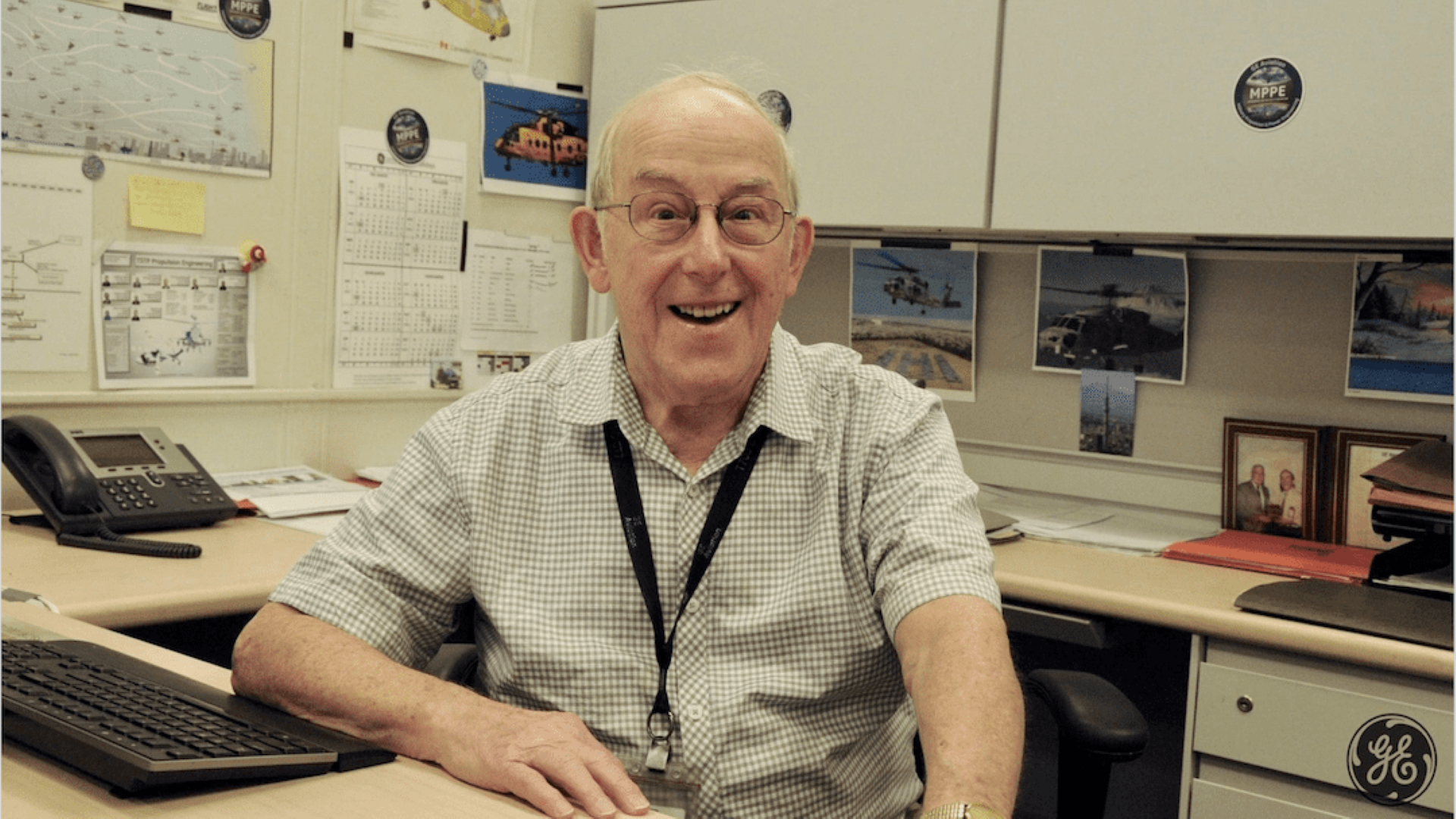A Legendary Helicopter Engine Turns to Sustainable Aviation Fuel to Get Back in the Skies
September 14, 2023 | by GE Reports
When the cruise ship Viking Sky sent out a mayday call in 2019, the Sikorsky S-92 helicopter flew to the rescue. Despite 25-foot waves and screaming winds, crews were able to pluck 479 stranded vacationers off the embattled liner before it limped back to port. It seems there’s little that this workhorse helicopter can’t do: S-92s ferry oil workers to offshore rigs, help patrol national borders and will soon shuttle the American president as Marine One. In 2021, an S-92 even snatched from the sky a booster rocket falling from space.
Powering this go-anywhere helicopter are two CT7-8A turboshaft engines from GE Aerospace, one in a class of engines that has logged more than 100 million flight hours since its introduction in the late 1970s. Now, in another sign of aviation’s efforts toward a lower-carbon future, CT7 engines will use a blend of sustainable aviation fuel (SAF) and conventional jet fuel while undergoing maintenance, repair, and overhaul (MRO) at ITP Aero, a Spanish company that services CT7 engines for both the S-92 and Leonardo’s AW189/AW149. The recently announced move aims to help reduce CO2 emissions at ITP’s facility and further boost the integration of SAF into commercial aviation operations.
 In July, ITP Aero successfully completed engine testing using a blend of sustainable aviation fuel (SAF) and conventional jet fuel at its facilities in Albacete Spain, with the GE Aerospace CT7-8F5 engine (pictured below). Top: The Sikorsky S-92. Credits: Lockheed Martin, ITP Aero, GE Aerospace.
In July, ITP Aero successfully completed engine testing using a blend of sustainable aviation fuel (SAF) and conventional jet fuel at its facilities in Albacete Spain, with the GE Aerospace CT7-8F5 engine (pictured below). Top: The Sikorsky S-92. Credits: Lockheed Martin, ITP Aero, GE Aerospace.
“GE Aerospace’s announcement that our CT7 family of engines will use SAF at ITP Aero’s assembly and maintenance facility in Spain reflects our ongoing efforts to support a more sustainable aviation industry,” says Elissa Lee, director for commercial turboshaft engines at GE Aerospace.
The initiative to use a SAF blend in CT7 engine maintenance comes as both GE Aerospace and ITP Aero work toward a lower-carbon future in which airplanes and helicopters could see an energy transition. SAF can be made from a variety of sources, including biomass, algae, fats, and greases and even captured CO2 and hydrogen. The first T700 flight using SAF happened way back in 2010. Today all CT7 engines, a derivative of the T700, can operate using a blend of SAF and conventional aviation fuel up to 50%, while experts are working toward a standard for 100% SAF. In fact, all jet engines produced by GE Aerospace and its partners are able to run on approved blends of SAF today, and the company has successfully tested a variety of them with 100% SAF.
Ease of maintenance has always been one of the CT7’s selling points. When a CT7 needs a tune-up, it goes to a specialized facility, such as ITP Aero’s plant in the Spanish town of Albacete, originally founded by Moors on the banks of the Don Juan River in La Mancha. Before any engine is returned to service, it must be tested and qualified through trials.
Driving the shift, says Lee, is demand from commercial helicopter owners to reduce the carbon intensity of their operations. Militaries also seek to reduce emissions. One of the first uses for SAF in Albacete will involve qualifying newly made CT7 engines on NHI’s NH-90 aircraft for the Spanish armed forces, she notes.
Says Lee: “We know that this is the right thing to do, for the business and for the world.”





